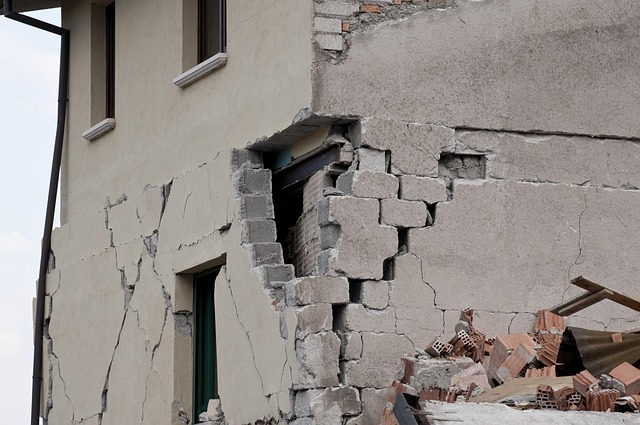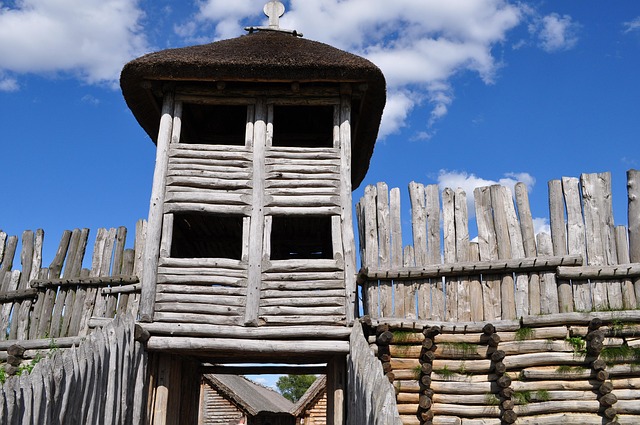San Antonio residents face unique plumbing challenges during winter due to fluctuating temperatures and burst pipe risk. Proactive measures such as water expansion management, pipe insulation, and hazardous debris removal strategies are crucial for preventing damage. Homeowners and contractors should prioritize insulating vulnerable pipes, shutting off external water supplies, and conducting regular maintenance checks to safeguard properties from costly repairs related to frozen and ruptured pipes.
In the aftermath of disasters, efficient debris removal is crucial for San Antonio’s reconstruction and recovery. Winter poses unique challenges, especially regarding pipe damage due to freezing temperatures. This article explores effective strategies to navigate post-disaster cleanup while focusing on preventing burst pipes during winter. We delve into understanding environmental factors, implementing robust debris removal techniques, and providing preventative measures to safeguard homes from potential plumbing disasters.
- Understanding Winter's Impact on San Antonio Pipes
- Effective Debris Removal Strategies for Disaster Reconstruction
- Safeguarding Homes: Preventative Measures Against Burst Pipes
Understanding Winter's Impact on San Antonio Pipes

Winter can be a challenging season for San Antonio residents, especially when it comes to maintaining plumbing systems. The dropping temperatures significantly increase the risk of burst pipes, which can lead to costly repairs and disruptions. Understanding how winter affects pipes is crucial in preventing these issues. In San Antonio, where winters may bring cold snaps but generally avoid extreme freezing points, proactive measures are essential to protect against potential damage.
One of the primary concerns during winter is the expansion and contraction of water inside pipes as temperatures fluctuate. As water freezes, it expands, putting immense pressure on pipe structures. Even in relatively mild winters, this cycle can cause cracks or breaks, especially in older or poorly insulated pipes. Residents and construction teams involved in disaster reconstruction should be vigilant about identifying vulnerable areas and taking preventive actions. This includes insulating exposed pipes, maintaining proper heating systems to regulate indoor temperatures, and implementing effective drainage strategies to minimize water stagnation. By taking these steps, San Antonio can mitigate the risks associated with burst pipes during winter, ensuring a smoother recovery process after any potential disasters.
Effective Debris Removal Strategies for Disaster Reconstruction

Effective debris removal strategies are paramount in disaster reconstruction, especially in regions like San Antonio where preventing burst pipes during winter is a pressing concern. The initial steps involve assessing the extent of damage and prioritizing hazardous materials for safe disposal. This includes not only structural remnants but also potential contaminants like lead, asbestos, or chemicals from damaged buildings and infrastructure.
Implementing structured plans can mitigate risks associated with debris removal. These strategies encompass employing specialized equipment to efficiently clear paths, ensuring proper handling and containment of hazardous substances, and establishing temporary storage areas for safe disposal according to local environmental regulations. Additionally, coordinating community efforts through public awareness campaigns educates residents on safe practices during post-disaster cleanup, including preventing burst pipes by protecting water lines from freezing temperatures.
Safeguarding Homes: Preventative Measures Against Burst Pipes

In the context of disaster reconstruction, especially during San Antonio’s chilly winters, safeguarding homes from potential damage starts with preventing burst pipes. As temperatures drop, water inside exposed pipes can freeze, causing them to expand and eventually rupture, leading to substantial water damage. Homeowners and contractors alike must take proactive measures to mitigate these risks.
One effective strategy is insulating pipes that are vulnerable to freezing temperatures. This can involve wrapping pipes in thermal protection or using heat tape to maintain a consistent, above-freezing temperature. Additionally, shutting off water supplies to external spigots and drains during the winter months can significantly reduce the likelihood of burst pipes. Regular maintenance checks and repairs before the cold season sets in are also crucial preventive steps.
In light of the above discussions, effective disaster reconstruction debris removal and preventative measures like insulating pipes are crucial for San Antonio residents. By understanding the impact of winter on local pipes and implementing robust strategies to safeguard homes, we can minimize damage and ensure a smoother recovery process. Remember that preventing burst pipes during winter is not just about protecting properties; it’s also about fostering community resilience in the face of extreme weather events.
